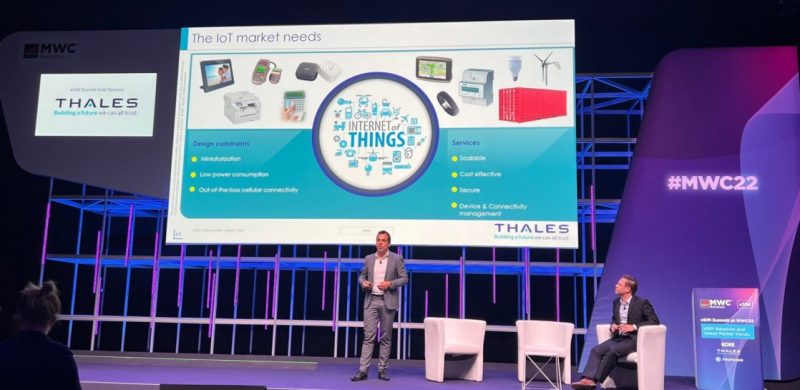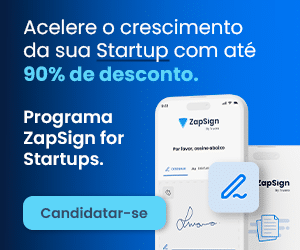By 2025, 2.4 billion smartphone connections will use eSIMs globally, and as this adoption continues to grow, having a clear strategy will be vital to capitalise and make best use of the new opportunities that this technology presents.
We’re starting to see an increasing number of mobile devices that have eSIM functionality built in – and it’s safe to say that more mainstream manufacturers are embracing eSIMS than not. The latest iPhone, iPad, Oppo, Samsung and Pixel models are just a few examples of devices with eSIM capability.
This week at Mobile World Congress 2022, we’ve been meeting with operators, service providers, device manufacturers and other experts in the industry at MWC.
And, yesterday here in Barcelona, I spoke during the eSIM summit with many of my peers. Discussions have centred on why it’s time to embrace this technology, how it can meet new and existing challenges, how it will benefit consumers as well as simplify the access & management of cellular connectivity for the massification of IoT. Here’s a few of the talking points:
Benefits for Consumers
eSIMS are built into the device providing easier connectivity and by removing the need for a SIM card slot it also saves valuable space – bringing with it many advantages for the consumer.
The Rise of eSIMs for IOT
Alongside the benefits for consumers, eSIMs are increasingly adapted to addressing many of the pain points facing IoT deployments.
As part of their digital transformation, enterprise OEMs need to bring connectivity to ever more devices. However, deploying IoT projects poses a number of challenges – not least due to the complexity of integrating multiple technologies and suppliers. From the initial prototyping phase, as well as during development and manufacturing prior to deployment, enterprise OEMs are facing multiple challenges, particularly in selecting the right partner and providers.
Enterprise OEMs are finding it a challenge to interface with multiple Connectivity Service Providers (CSPs), which require time consuming and costly roaming agreements, to properly connect their devices across multiple countries. The key business need is for a simple and secure way to connect their devices, and to benefit from a single SKU (Stock Keeping Unit) approach that avoids unnecessary supply chain costs.
eSIM technology service providers have the opportunity to simplify IoT device activation while saving costs and time. Here are three core ways an all-encompassing solution can help service providers achieve this when it comes to IoT connectivity activation:
The IoT industry is in constant evolution. With millions of new connections made every day, we are still progressing to a smarter world. However, maintaining strong and reliable connectivity will be critical if we are to reap the benefits of IoT. With the help of eSIM technology, the activation and management of IoT devices can be simplified across the business landscape.
Learn more about our eSIM solutions.
About MWC Barcelona
MWC Barcelona is the world’s most influential event for the connectivity industry. It’s where world-leading companies and trailblazers share the latest thought leadership about the progression and future of connectivity. And it’s the best place for networking opportunities with mobile and tech industry influencers.
MWC Barcelona is attended by global mobile operators, device manufacturers, technology providers, vendors, and content owners. MWC Barcelona is the place to be seen, exhibit ground-breaking products and technologies, and make remarkable connections with senior decision-makers, creators, and innovators in the industry.
We look forward to MWC Barcelona 2022 with renewed optimism and ambition.
Together, we will shape the future of connectivity. It’s time to reconnect, reimagine, and reinvent for industry success.






























